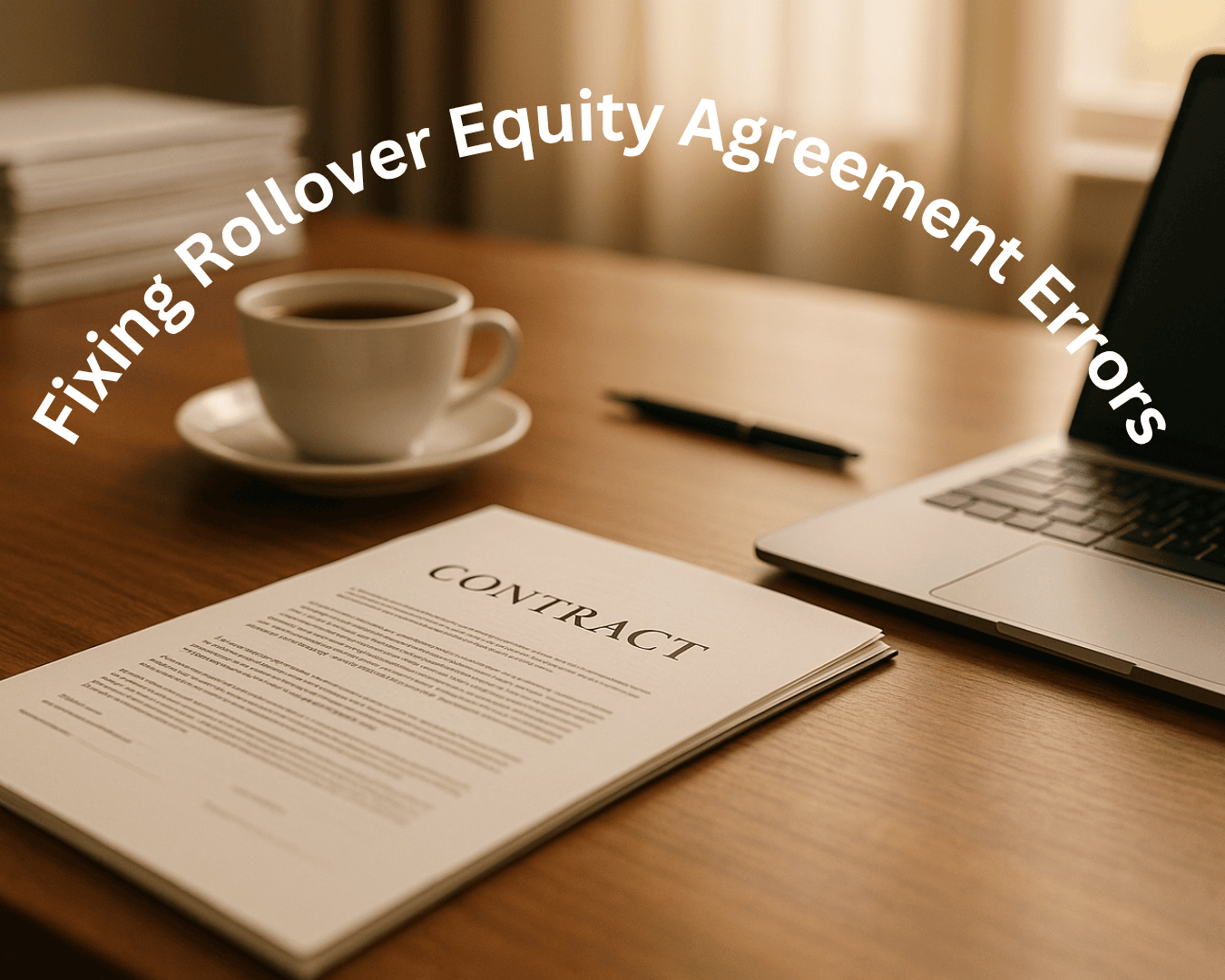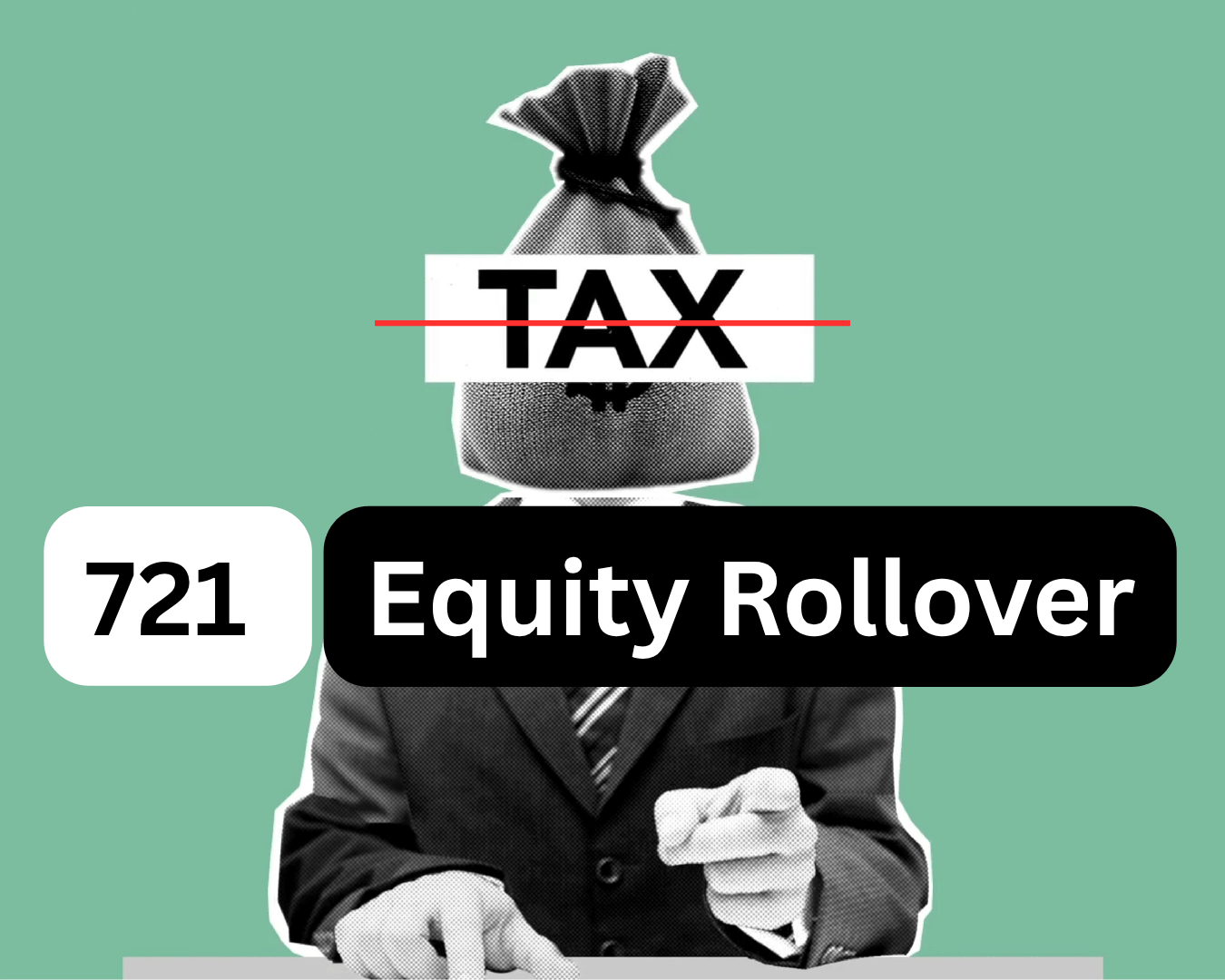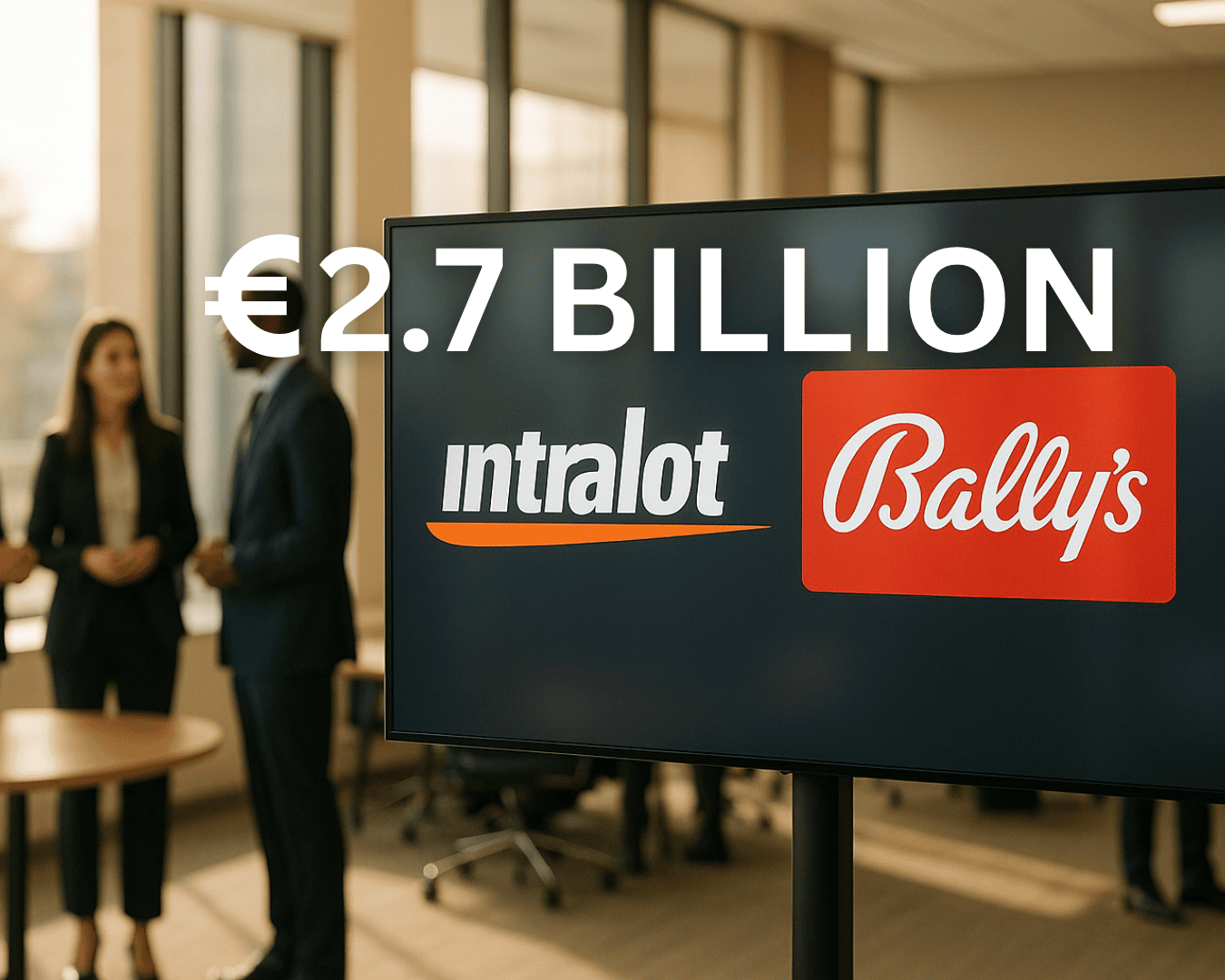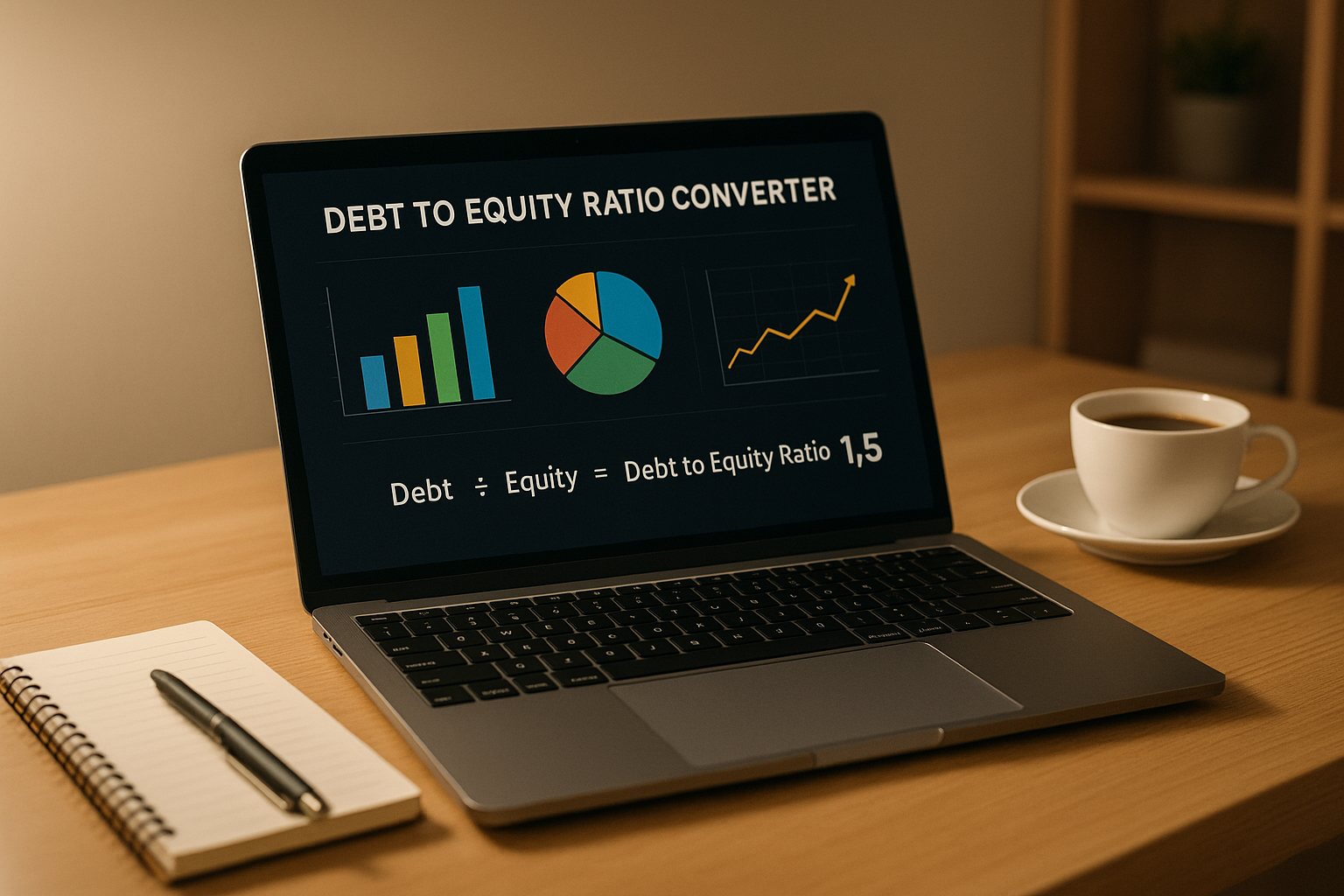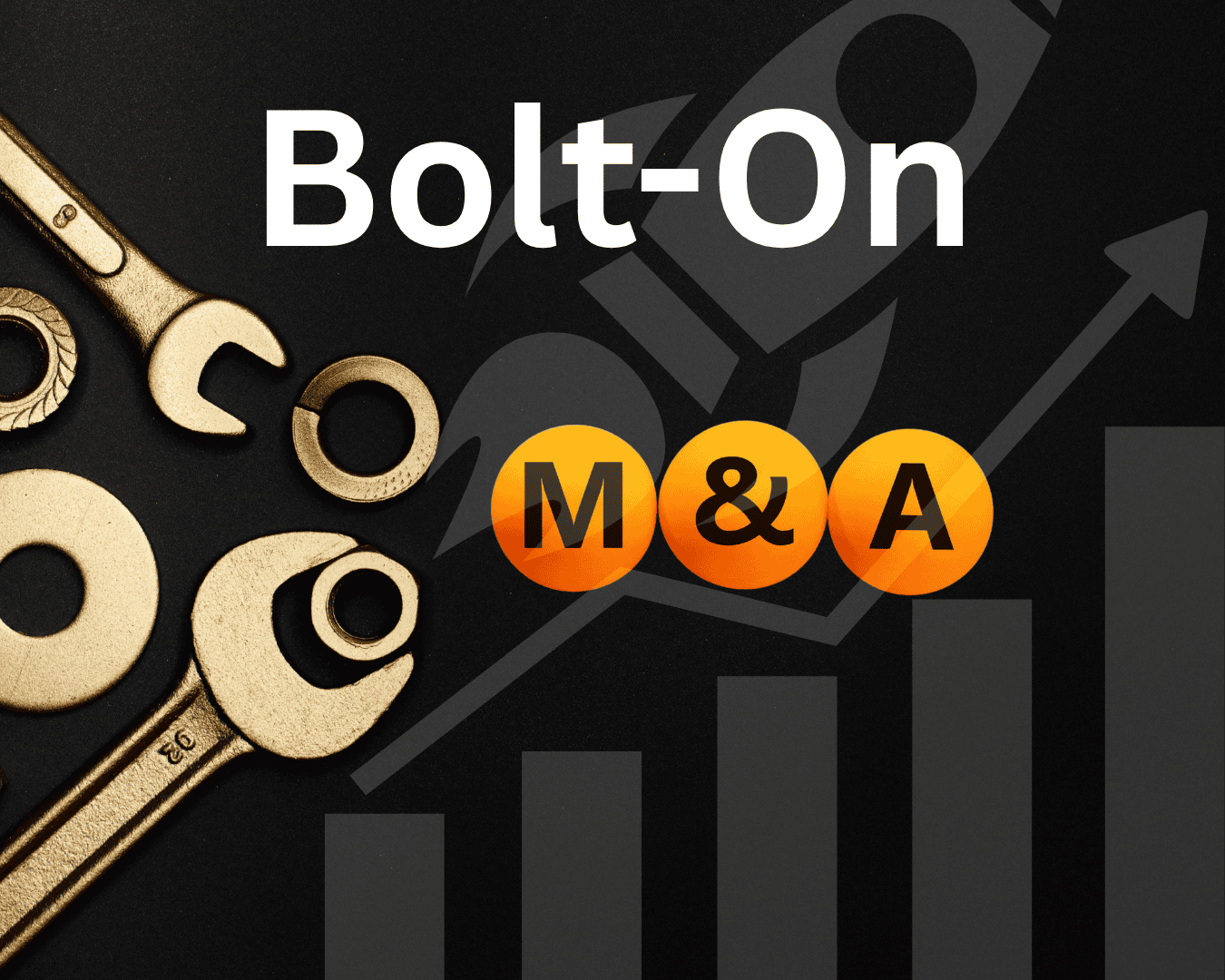When buying or selling a small or medium-sized business (SMB), deferred payment structures can help close deals by spreading out payments over time. These methods reduce upfront costs for buyers and give sellers a chance to achieve their desired valuation. Here are the five most common deferred payment structures:
- Installment Payments: Buyers pay in scheduled installments (monthly, quarterly, or annually), often with interest. This helps maintain cash flow but comes with risks like default or liquidity challenges.
- Seller Financing (Seller Notes): Sellers act as lenders, financing a portion of the deal. While it bridges funding gaps, it increases risk for sellers if buyers default.
- Escrow Holdback: A portion of the purchase price is held in escrow to cover post-closing adjustments or liabilities, protecting buyers against unexpected issues.
- Earnouts: Payments are tied to the business hitting performance targets (e.g., revenue or EBITDA). This reduces buyer risk but can delay seller payments.
- Rollover Equity: Sellers retain partial ownership (10–40%) and cash out later during a resale or recapitalization. It offers potential future gains but depends on the business's success.
Each structure has unique benefits, risks, and tax implications. Choosing the right one depends on the buyer's financial capacity, the seller's goals, and the specifics of the deal.
Getting Paid - Earn-Outs, Deferred Payments and Vendor Loans
1. Installment Payments
Installment payments allow buyers to spread the purchase price over a series of scheduled payments - monthly, quarterly, or annually - helping maintain cash flow. This approach is particularly useful for buyers with limited upfront capital or those who want to keep their cash reserves intact during a transition. For instance, a business generating $30,000 in monthly revenue might opt for a $20,000 monthly payment plan over three years, leaving $10,000 in net cash flow each month to sustain operations. This setup enables the purchase while preserving liquidity.
Interest rates and terms for installment payments are often negotiable. Sellers usually expect interest as compensation for delayed payments, with the exact terms influenced by market conditions, the buyer’s creditworthiness, and the nature of the relationship between the parties. However, this arrangement comes with risks for both buyers and sellers.
Risk to Seller
One of the biggest risks for sellers is the chance that the buyer might default, disrupting the payment schedule and creating financial instability for the seller. To mitigate this, sellers often require safeguards like collateral, personal guarantees, or escrow accounts. Some agreements also include acceleration clauses, which make the full remaining balance due immediately if the buyer misses payments or breaches the contract terms.
Another concern for sellers is limited access to funds. Since the full sale amount isn’t received upfront, sellers might face liquidity challenges that could affect retirement plans, new investments, or other financial goals reliant on the sale proceeds.
Risk to Buyer
For buyers, installment payments reduce the need for a large upfront payment but can lead to higher overall costs due to interest charges. If the acquired business doesn’t perform as expected, meeting payment obligations can become a significant burden. Buyers who provide collateral or personal guarantees also risk losing assets or facing legal consequences if they fail to keep up with payments. Additionally, the ongoing payment commitment remains regardless of how well the business performs.
Tax Implications
From a tax perspective, installment sales can spread the seller’s income over multiple years, potentially reducing their capital gains tax liability. For buyers, interest payments on installments might qualify as deductible business expenses under IRS rules. However, tax regulations surrounding installment sales can be complex, so consulting a tax professional is essential for both parties to ensure compliance and optimize their financial outcomes.
Suitability for Different Deal Scenarios
Installment payment plans are ideal for situations where buyers can’t pay the full purchase price upfront, such as in self-funded acquisitions. They’re commonly used for family business transfers, management buyouts, or sales to junior partners who have operational expertise but limited capital. These structures also work well when sellers want to remain involved during the transition period. For example, manufacturing companies buying equipment or family-owned restaurants transferring ownership to long-time managers often use installment plans. The predictable payment schedule helps buyers manage cash flow while providing sellers with a steady income stream.
This payment method highlights how deferred arrangements can effectively balance immediate cash needs with long-term financial goals for both parties.
2. Seller Financing (Seller Note)
Seller financing turns the seller into a lender, allowing the buyer to pay part of the purchase price over time through a promissory note. Unlike installment payments, seller notes typically cover only a portion of the deal's value - usually between 10% and 60%. The rest is often funded through bank loans, SBA financing, or cash payments. This method is particularly useful for closing funding gaps when buyers can't secure full external financing or want to reduce their upfront cash outlay.
For instance, imagine a buyer purchasing a business valued at $500,000. They might pay $300,000 upfront and finance the remaining $200,000 over five years at a 7% interest rate. To protect their interests, the seller usually retains a lien on the business assets until the loan is fully repaid. Interest rates for these arrangements generally fall between 6% and 10%, with repayment terms ranging from 3 to 7 years.
Seller financing is a popular option in the U.S., with over 60% of small business acquisitions incorporating this method. Clearly Acquired reports that seller notes feature in 40% to 70% of deals on its platform, with average note sizes ranging from $250,000 to $1.5 million and interest rates typically between 7% and 9%. Additionally, SBA data reveals that deals involving seller financing are 20% more likely to close compared to those relying solely on third-party financing.
Risk to Seller
For sellers, the biggest risk is buyer default - the chance that the buyer might fail to make payments as agreed. If the business struggles under the new owner or is poorly managed, the buyer may find it challenging to meet their obligations. Unlike banks, sellers often lack the resources to aggressively pursue collections or enforce the terms of the promissory note.
Another risk is the potential decline in the business's value. If the buyer mismanages operations, the collateral securing the note could lose value, leaving the seller with limited recovery options.
To minimize these risks, sellers often require collateral, such as business assets or personal guarantees. The promissory note should also include clear default provisions, detailing remedies like repossessing assets or accelerating the repayment of the remaining balance.
Risk to Buyer
From the buyer's perspective, seller notes come with their own challenges. They often include restrictive covenants that limit actions like selling assets, taking on additional debt, or distributing dividends. On top of that, the interest payments add to the overall acquisition cost, which can strain cash flow if the business underperforms. Even if the business struggles, buyers are still required to make payments, which can lead to financial pressure.
Some agreements also include acceleration clauses, meaning the entire remaining balance must be paid immediately if the buyer defaults. This could force the buyer into bankruptcy or require them to liquidate assets. Personal guarantees further increase the stakes, as buyers risk losing personal assets if the company can't meet its debt obligations. In short, seller financing is a serious commitment that extends beyond the business itself.
Tax Implications
Seller financing offers tax benefits for sellers by allowing them to spread out their capital gains tax liability over several years instead of paying it all in the year of the sale. This can ease the immediate tax burden. For buyers, the interest payments on the seller note are typically deductible as a business expense, though principal payments are not. These interest deductions can provide meaningful tax savings over the life of the loan, helping to offset some of the financing costs.
That said, the tax benefits depend on how the deal is structured. Both buyers and sellers should work with tax professionals to ensure the terms of the note - such as payment timing and interest rates - are optimized for their financial situations.
Suitability for Different Deal Scenarios
Given the risks, tax considerations, and flexibility of seller financing, it works best for buyers who have strong operational experience but lack access to full third-party financing. This structure is especially common in Main Street and lower middle-market transactions, where traditional bank loans might not fully cover the purchase price.
Management buyouts often rely on seller notes, as existing managers usually have deep knowledge of the business but may not have enough capital for an all-cash deal. Similarly, family business transfers can benefit from seller financing, enabling younger family members to take ownership while providing the seller with a steady income stream.
This approach is ideal when sellers trust the buyer's ability to run the business successfully and want to maximize the overall deal value. However, sellers who need immediate liquidity - whether for retirement or other investments - may find this option less appealing due to the delayed payment structure.
Clearly Acquired offers tools to simplify seller financing for small and medium-sized business transactions. Their platform includes AI-driven deal management tools, automated promissory note templates, and secure data rooms, helping both parties reduce risks and streamline the process.
3. Escrow Holdback Arrangements
Escrow holdback arrangements involve setting aside a portion of the purchase price in a neutral escrow account at closing. These funds are only released to the seller once specific agreed-upon conditions are met. These conditions might include resolving post-closing adjustments, meeting performance milestones, or the expiration of indemnification periods.
This structure serves as a safeguard for buyers, protecting them from undisclosed liabilities or breaches of warranties. For example, in one transaction, a buyer paid $1.8 million at closing but held back $200,000 in escrow for 18 months to address potential post-closing issues. When a minor customer dispute arose, part of the escrow funds was used to resolve the matter, and the remaining amount was released to the seller at the end of the term.
Typically, escrow holdbacks range between 5% and 15% of the purchase price, with the escrow period lasting 12 to 24 months. The exact terms depend on factors such as the nature of the business, findings from due diligence, and the risk tolerance of the parties involved. Transactions with significant contingent liabilities or uncertain working capital adjustments may warrant a larger or longer holdback.
Risks for Sellers
For sellers, the main drawback is the delayed access to a portion of the sale proceeds, which can complicate liquidity and financial planning. Additionally, if the release conditions are unclear or overly broad, it could lead to prolonged negotiations and delays.
Risks for Buyers
Buyers face the risk that the escrowed funds may not be sufficient to cover all unforeseen post-closing liabilities. Unclear or inadequate release conditions can make it challenging to recover funds promptly for legitimate damages or losses. Furthermore, a short escrow period might leave unresolved issues that surface later without adequate protection.
Tax Considerations
Escrow holdbacks have nuanced tax implications in the United States. Sellers typically recognize income on the portion of the purchase price received at closing, while the escrowed amount is taxed as income when it is eventually released. For buyers, any amounts not paid to the seller may lead to adjustments in the purchase price allocation, impacting tax reporting. Both parties should consult tax advisors to navigate IRS rules and manage the timing of income recognition and deductions effectively.
When Escrow Holdbacks Make Sense
Escrow holdback arrangements work well in scenarios where there’s uncertainty about financial statement accuracy, potential undisclosed liabilities, or the need for post-closing adjustments like working capital true-ups. They’re also common in transactions requiring the seller’s ongoing cooperation or where indemnification for specific risks identified during due diligence is necessary. For instance, in the sale of a manufacturing business with potential warranty claims, an escrow holdback can protect the buyer while giving the seller a clear path to eventually receiving the withheld funds.
Clearly Acquired offers tools to simplify escrow holdbacks, including advisory services, fund handling, and educational resources. Their platform helps streamline negotiations and ensures all parties understand the risks and benefits of deferred payment structures.
Next, we’ll explore earnouts, another useful deferred payment method.
sbb-itb-a3ef7c1
4. Earnouts
Earnouts are a payment structure where part of the purchase price depends on the business hitting specific performance goals after the deal closes. These metrics often include revenue, EBITDA, or customer retention. Unlike fixed payments, earnouts adjust based on actual results, making them a handy solution for bridging valuation disagreements between buyers and sellers.
Here's how it works: the buyer and seller agree on performance targets to be achieved within a set timeframe. If those targets are met, the seller gets additional payments beyond the initial amount. This setup benefits both sides - buyers reduce their upfront risk, while sellers have the chance to earn more if the business thrives. However, tying payments to performance also creates unique challenges for both parties.
Risks for Sellers
Sellers face the possibility of missing out on the full purchase price if the business doesn’t meet the agreed-upon benchmarks. Vague performance criteria or unclear timelines can also lead to disputes, dragging both sides into lengthy negotiations or even legal battles.
Risks for Buyers
For buyers, an earnout could mean paying more than expected if the business outperforms its targets. This uncertainty can complicate financial planning. Additionally, setting clear performance goals and timelines can be tricky, and disputes over these details may arise. Integrating the business while managing these complexities can pull focus away from operations.
Tax Considerations
Tax treatment for earnouts varies depending on how the agreement is structured. For sellers, earnout payments are typically taxed as part of the purchase price, which is often treated as capital gains - a tax category generally more favorable than ordinary income. However, if the earnout is tied to continued employment or services, it may be taxed as ordinary income instead. Timing is another factor: some payments are taxed when the right to receive them is established, while others are taxed upon receipt.
For buyers, earnouts classified as purchase price adjustments increase the asset's basis but don’t offer immediate tax deductions. On the other hand, payments treated as compensation might be deductible as business expenses. To avoid confusion, both parties must clearly document the tax treatment in the agreement.
When Earnouts Make Sense
Earnouts are particularly useful when sellers are confident in the business’s future performance and plan to stay involved post-sale. They’re also a good fit for businesses with strong growth potential or those entering new markets, where past performance doesn’t fully reflect future opportunities. That said, the success of an earnout depends heavily on having well-defined metrics, timelines, and payment terms to prevent disputes and maintain transparency.
Clearly Acquired provides tools and advisory services to help structure earnouts effectively. Up next, we’ll look at rollover equity as another deferred payment option.
5. Rollover Equity
Rollover equity allows sellers to retain a portion of ownership - typically between 10% and 40% - after a sale. Instead of receiving the entire payment upfront, sellers defer part of the cash payout until a future liquidity event, like a resale or recapitalization. At that point, the retained ownership can be converted into cash. This setup strikes a balance between immediate financial needs and the potential for future gains.
This arrangement creates a shared incentive for both buyer and seller, as the seller’s remaining stake becomes tied to the company’s future success. Essentially, the seller benefits when the business performs well under new ownership.
Rollover equity has gained traction in recent years. Industry data shows that over 60% of private equity-backed small and medium-sized business (SMB) acquisitions involve some form of rollover equity, particularly in deals exceeding $5 million in enterprise value. This trend highlights its dual benefits: buyers can reduce their financial risk, while sellers gain the possibility of additional returns beyond the initial sale.
Risks for Sellers
While rollover equity offers future upside, it’s not without risks. The value of the retained equity depends heavily on the company’s performance. If the business underperforms or faces poor management, the retained stake could lose value or even become worthless.
Sellers also face the challenge of becoming minority shareholders. After years of controlling the business, founders may struggle with limited influence over major decisions. Additionally, the timing of when the retained equity can be liquidated is uncertain, adding another layer of risk.
Risks for Buyers
For buyers, having a seller remain involved post-transaction can be both a benefit and a challenge. While the seller’s expertise and alignment can drive success, their ongoing involvement may also lead to delays in decision-making or conflicts over strategic direction. Disagreements on growth plans, investments, or exit timing can complicate the partnership. However, buyers benefit from not having to pay the full purchase price upfront, which eases cash flow demands.
Tax Considerations
Rollover equity can offer tax advantages for sellers. Under certain IRS rules (like Sections 351 and 368), taxes on the deferred equity portion may be postponed until the eventual liquidity event. However, the specific tax treatment depends on the deal structure and entity type, making it essential for sellers to consult with experienced tax advisors. Buyers, too, must consider potential tax implications when the business is eventually sold or recapitalized.
When Rollover Equity Works Best
Rollover equity is particularly effective in deals where the buyer values the seller’s continued involvement. This is often the case in founder-led businesses, where the seller’s industry expertise, customer relationships, or operational knowledge are critical to the company’s future success.
For instance, a manufacturing business founder might sell 80% of the company while retaining 20% and staying involved in operations. Over the next several years, if the business grows and its valuation increases, the retained stake could provide substantial additional returns. However, this arrangement is less suitable for sellers looking for a clean break or immediate cash, such as those planning to retire or pursue entirely new ventures.
Clearly Acquired provides advisory services and deal structuring expertise to help buyers and sellers craft rollover equity agreements that align interests and maximize outcomes for both sides. This approach remains a powerful tool for linking seller commitment to long-term business performance.
Structure Comparison Table
To build on the deferred payment methods outlined earlier, here's a side-by-side look at the key aspects of each structure. Picking the right option requires understanding how it impacts deal value, risk sharing, tax considerations, and ease of implementation.
| Structure | % of Deal Value Deferred | Risk Profile | Tax Implications | Common Use Cases |
|---|---|---|---|---|
| Installment Payments | 10–40% | Moderate (shared between parties) | May qualify for IRS Section 453 installment sale treatment, spreading taxable gain | Ideal for buyers managing cash flow or stable businesses with steady revenue streams |
| Seller Financing | 20–60% | Higher risk for seller | Interest income taxed as ordinary income; principal gains may qualify for capital gain treatment | Suited for buyers without full traditional financing when sellers trust the business's sustainability |
| Escrow Holdback | 5–15% | Low risk, addressing specific issues | Generally not taxable until funds are released from escrow | Used for working capital adjustments, indemnity coverage, or warranty claims |
| Earnouts | 10–30% | High risk for seller | Taxable when performance targets are met and payments are received | Helps bridge valuation gaps or account for uncertain future performance |
| Rollover Equity | 10–30% | Shared ongoing risk | May allow for tax deferral under Section 368 reorganizations with proper structuring | Popular in private equity deals where sellers want continued upside potential |
These percentages represent typical market norms, though actual figures can vary depending on deal specifics, industry trends, and negotiations. Seller financing generally involves deferring a larger portion of the deal, while escrow holdbacks are more targeted and limited in scope.
Each structure comes with its own set of challenges and administrative requirements. For example:
- Risk Distribution: Escrow holdbacks limit exposure to specific issues, while earnouts place sellers at the mercy of future performance. Rollover equity shares risk, as both parties benefit (or lose) based on the company’s future success.
- Tax Considerations: Tax treatment varies greatly, making expert planning essential. Some options, like installment payments, offer tax advantages, while others, like earnouts, depend on performance timing.
- Administrative Effort: Installment payments are straightforward to manage, but earnouts demand detailed tracking of performance metrics.
Clearly Acquired’s advisory team specializes in simplifying these structures, ensuring they align with both parties' goals while maximizing tax efficiency.
Conclusion
Deferred payment structures have become an essential tool for successfully navigating SMB acquisitions in today’s dynamic market. They help bridge valuation gaps, spread risk by distributing payments over time, and make deals possible when upfront financing is limited.
In 2023, 33% of private-target M&A deals included earnout clauses, a notable increase from the historical average of 20%. This trend highlights how buyers and sellers are leaning on flexible payment structures to close deals. Examples include seller financing arrangements with minimal upfront payments, where buyers repay from future profits over several years, and escrow holdbacks used to address working capital adjustments.
These arrangements align the interests of both parties by tying payments to the future performance of the business. This shared focus on success fosters a collaborative approach, often leading to smoother transitions and stronger long-term outcomes.
However, the key to making these structures work lies in clearly defined performance metrics, transparent payment schedules, and well-established timelines. Without these, disputes can arise, undermining the benefits of deferred payments.
Clearly Acquired’s integrated platform simplifies the complexities of these arrangements. With AI-powered data rooms, buyers and sellers can streamline deal screening and management, even when deferred payments are involved. The platform also offers expert advisory services to help structure terms that work for both sides. From sourcing off-market opportunities to securing the right mix of capital - whether through SBA loans, seller financing, or equity injections - Clearly Acquired supports every stage of the transaction. Additional features like educational resources, advanced search tools, verified deal flow, and secure document sharing make navigating these sophisticated payment methods more manageable.
As SMB acquisitions continue to grow, driven by succession planning and expanding market opportunities, deferred payment structures will play an even greater role. Leveraging the right tools and expert guidance can offer a competitive edge in this fast-evolving M&A landscape.
FAQs
What should I consider when selecting a deferred payment structure for an SMB acquisition?
When deciding on a deferred payment structure for an SMB acquisition, you’ll want to weigh key factors like risk management, cash flow considerations, and how well the structure supports a long-term partnership between the buyer and seller. Options such as installment payments, seller financing, or escrow arrangements each come with their own set of advantages and challenges, so it’s essential to align these with the goals of both parties.
Take into account the company’s financial stability, how willing the seller is to remain involved post-sale, and the possibility of unexpected hurdles. Carefully selecting the terms can reduce risks and ensure a smoother transition for everyone.
What steps can sellers take to protect themselves if a buyer defaults on a deferred payment agreement?
Sellers looking to minimize the risk of buyer default in deferred payment agreements have several strategies at their disposal. One effective approach is to request a substantial upfront payment, which demonstrates the buyer's commitment and reduces the seller's financial exposure. Another option is securing the agreement with collateral, offering a safety net in case of default. Alternatively, using escrow accounts can provide added security by holding funds until all agreed-upon conditions are satisfied.
To further safeguard their interests, sellers should include clear default clauses in the contract, outlining the consequences of non-payment. Conducting a thorough financial assessment of the buyer is also essential to gauge their stability and ability to meet payment obligations. Lastly, setting up robust governance and monitoring systems can help ensure the buyer adheres to the payment terms and keeps potential risks in check.
What are the potential tax implications of using deferred payment structures like earnouts or rollover equity in small business acquisitions?
When it comes to deferred payment structures like earnouts or rollover equity, the tax outcomes can differ based on the deal's specifics and current tax laws. For instance, earnouts might be considered part of the purchase price, which could make them subject to capital gains tax. On the other hand, rollover equity could allow for tax deferral if structured properly.
To fully understand how these arrangements might affect your tax responsibilities, it's essential to work with a tax advisor or accountant who specializes in mergers and acquisitions. Their expertise can guide you through the intricacies and help ensure you meet all relevant tax requirements.


.png)
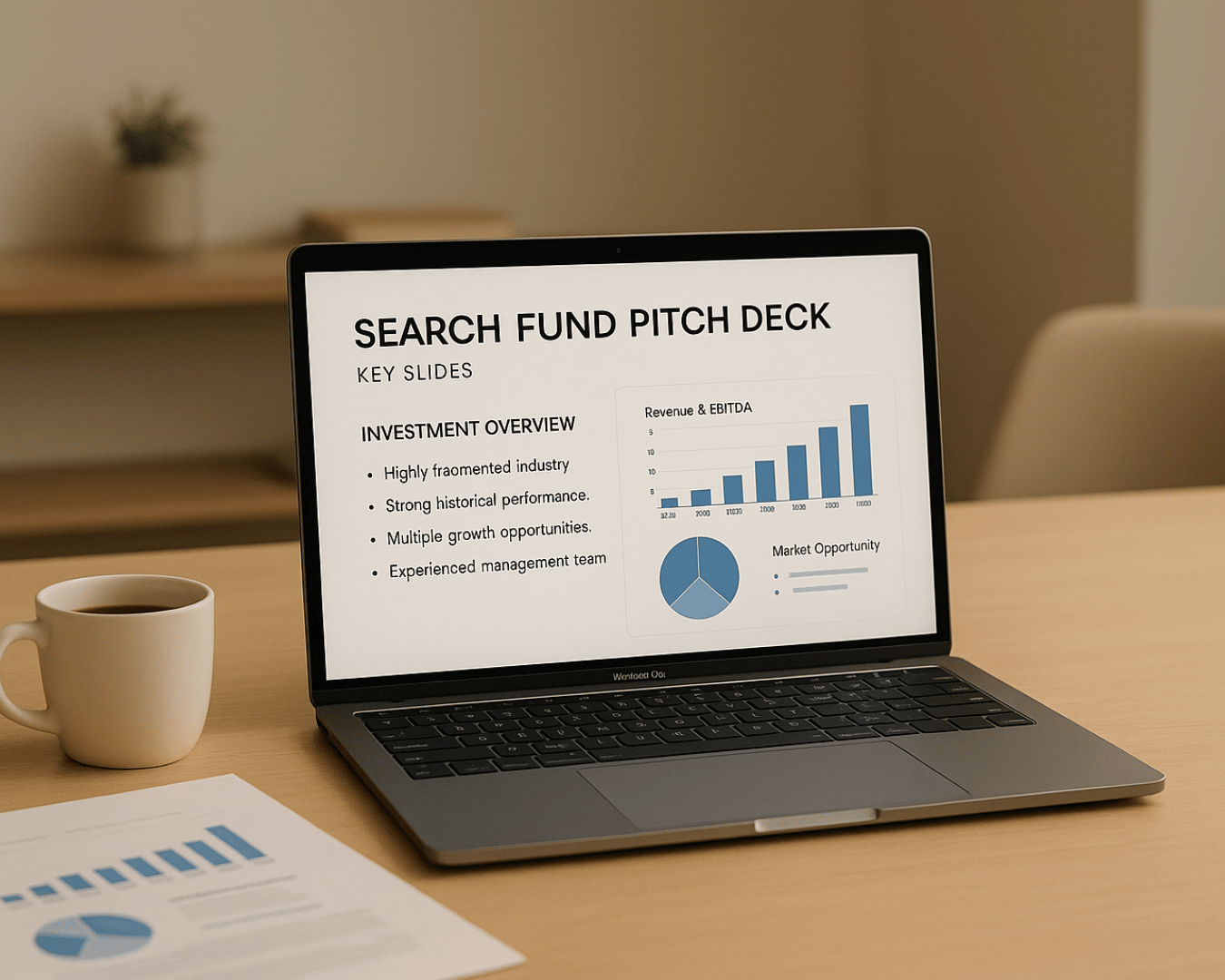
























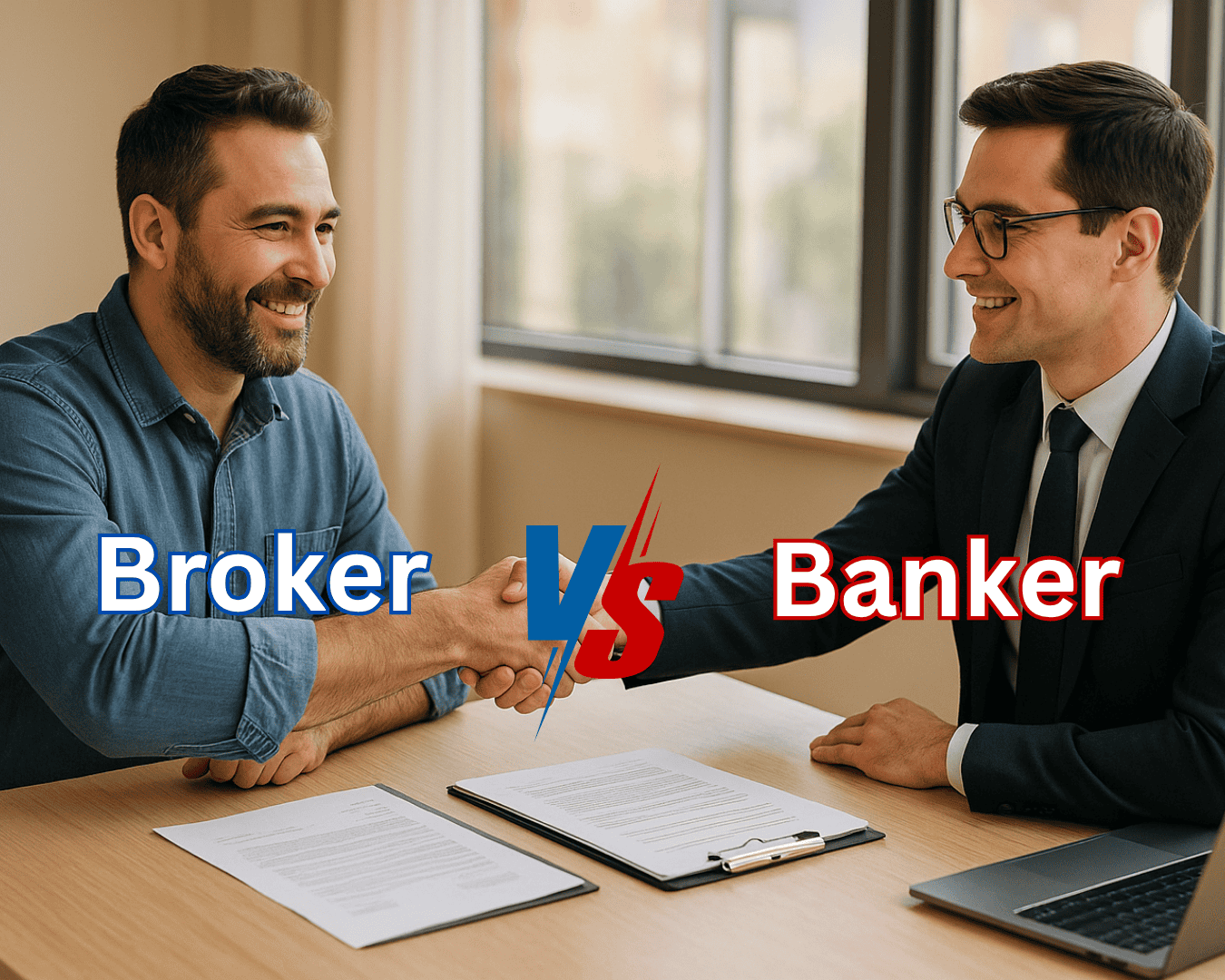



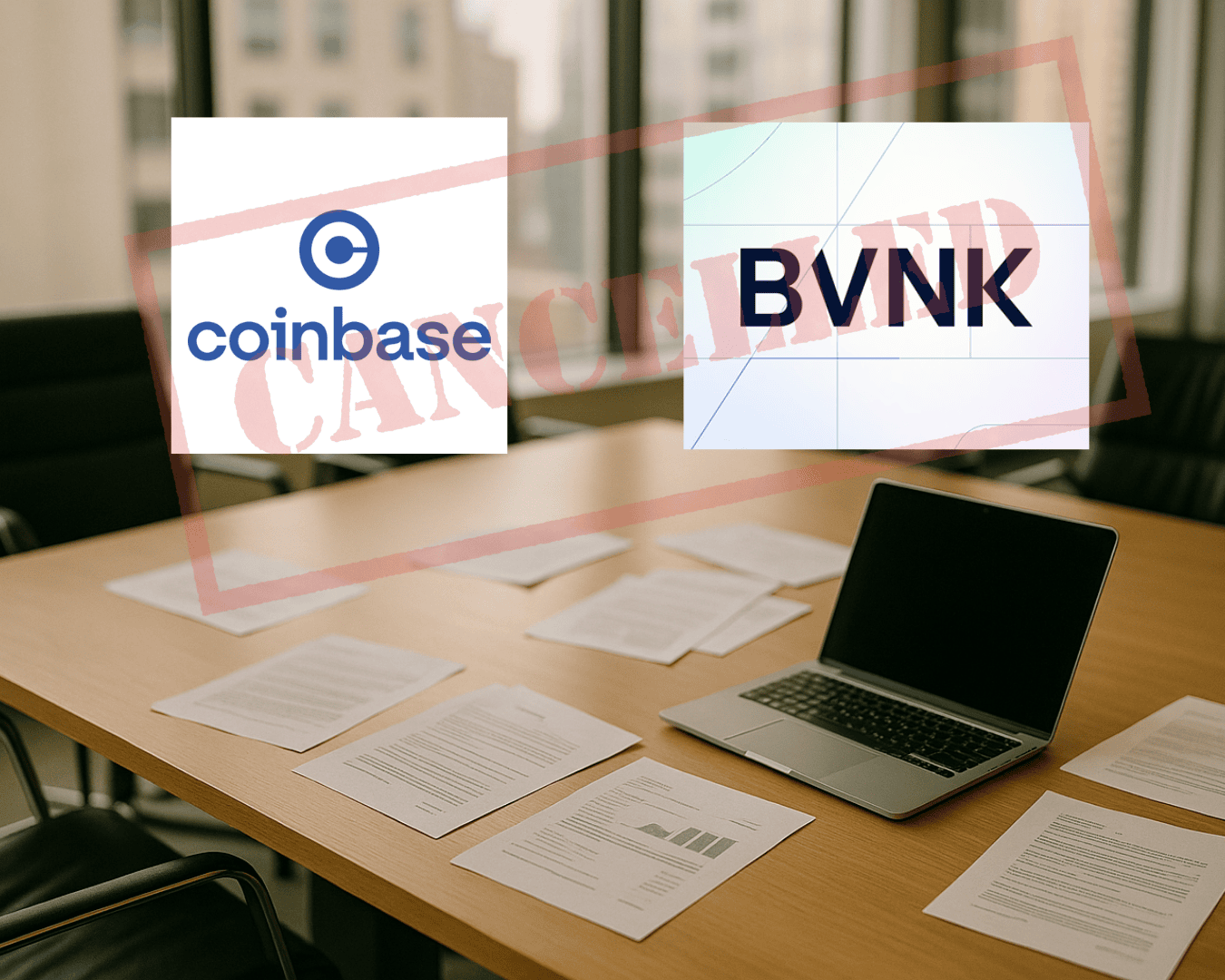









.png)

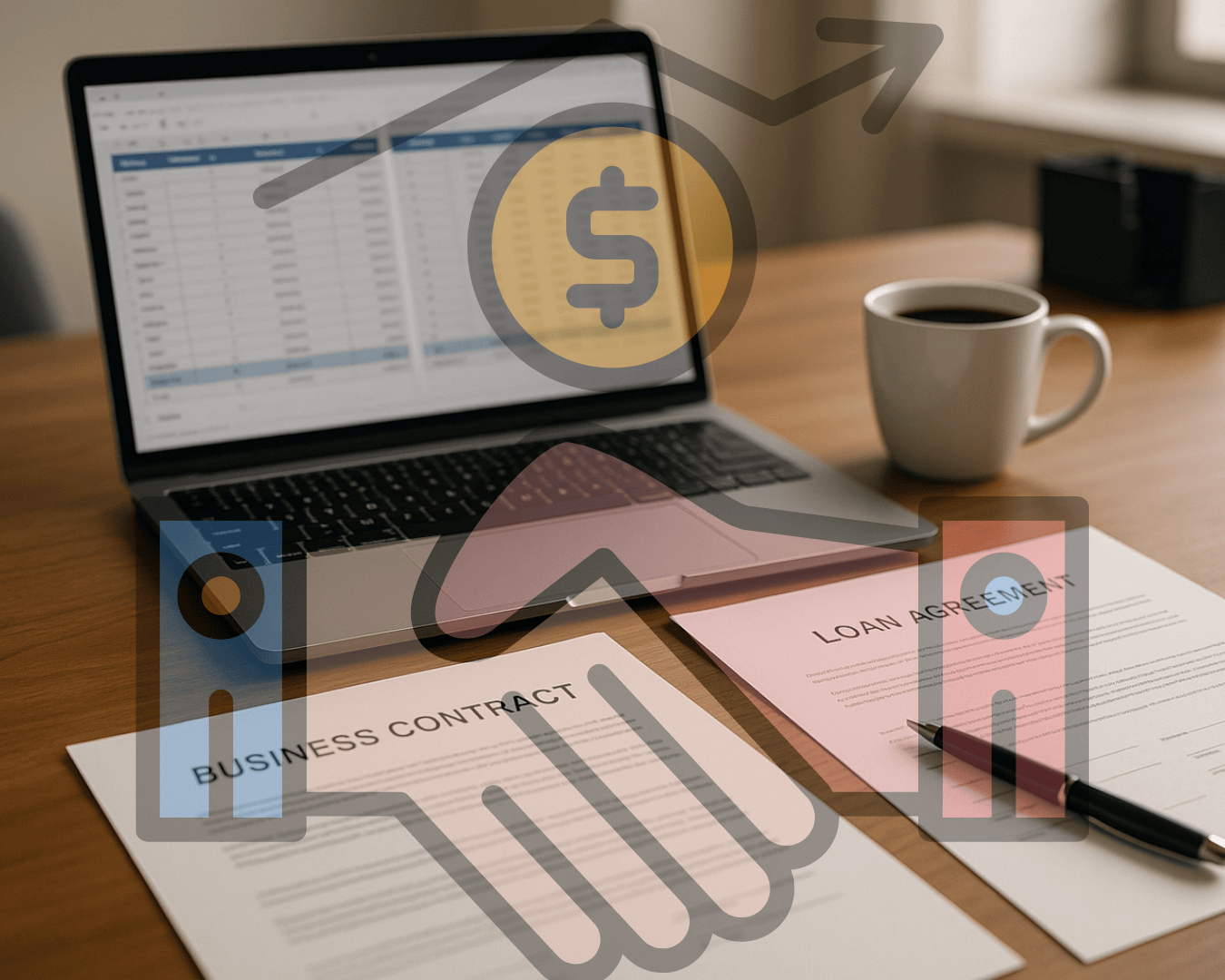


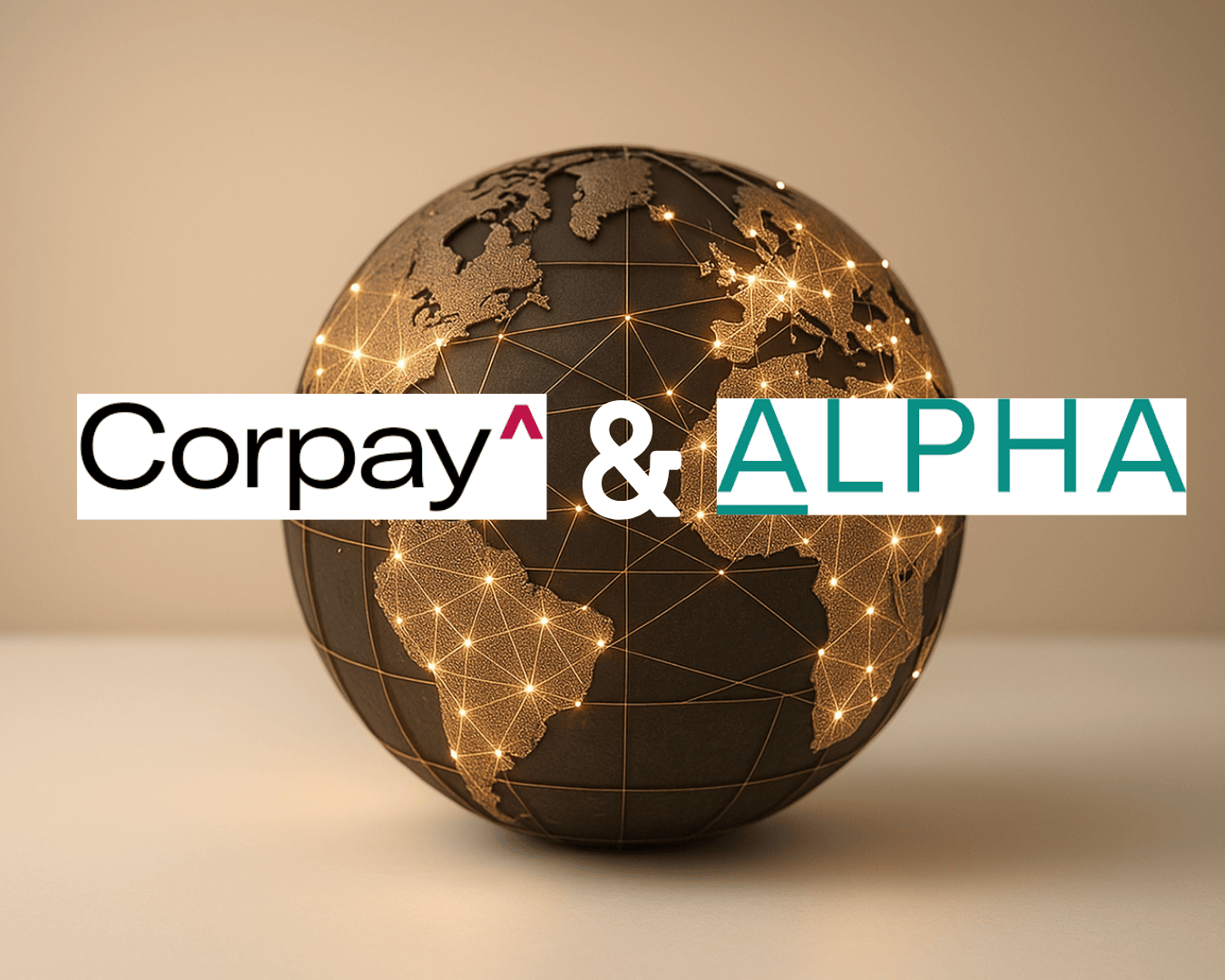























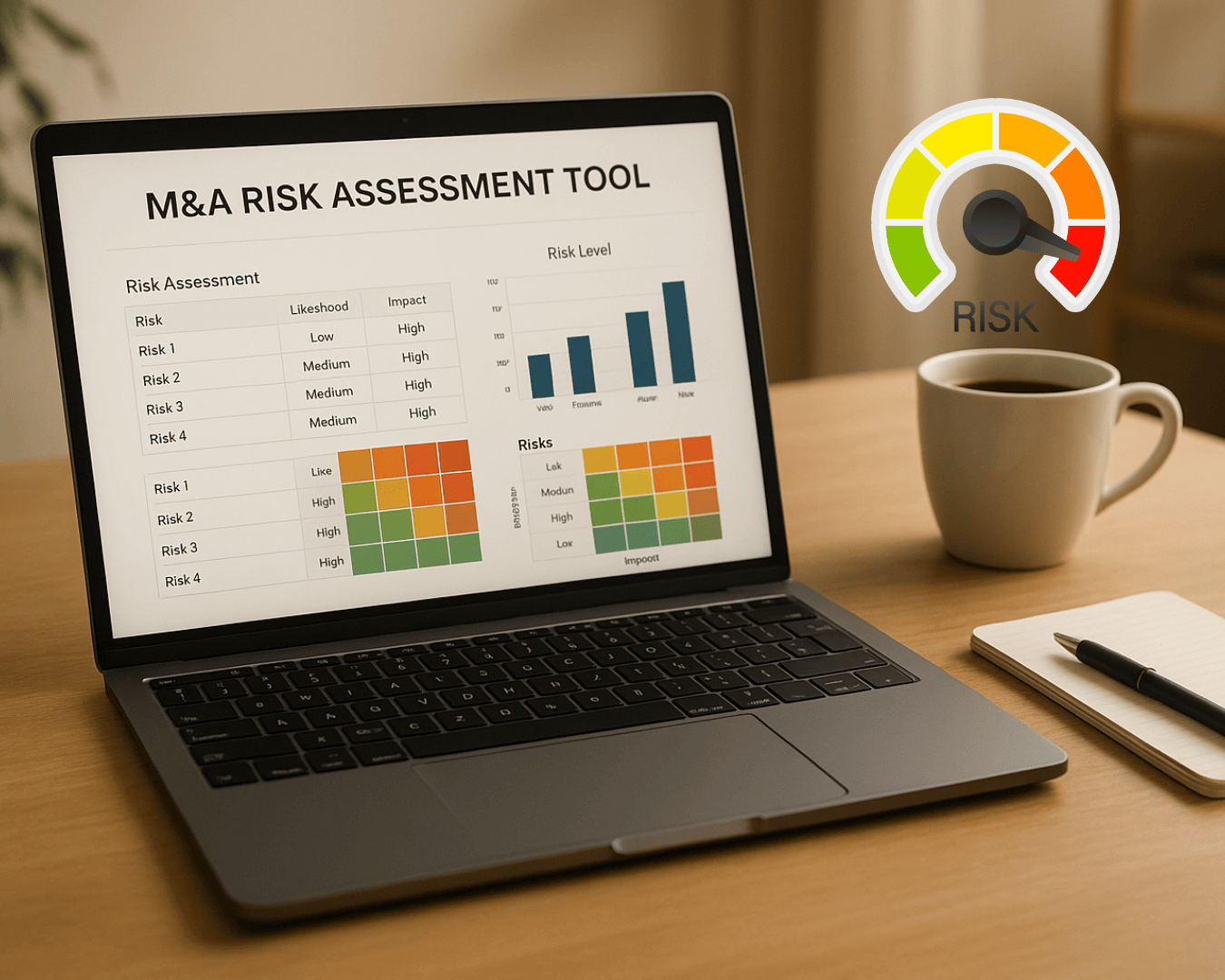

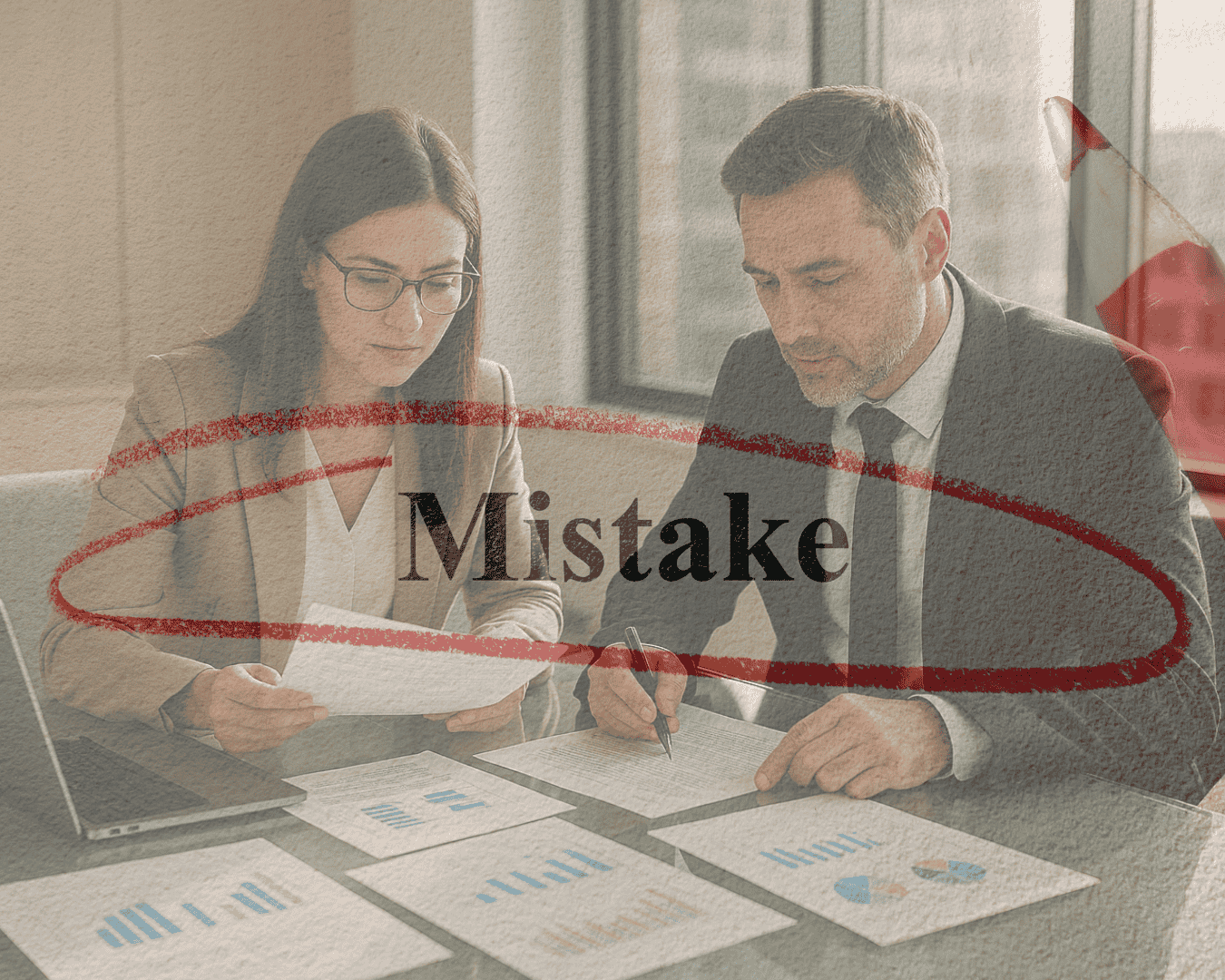
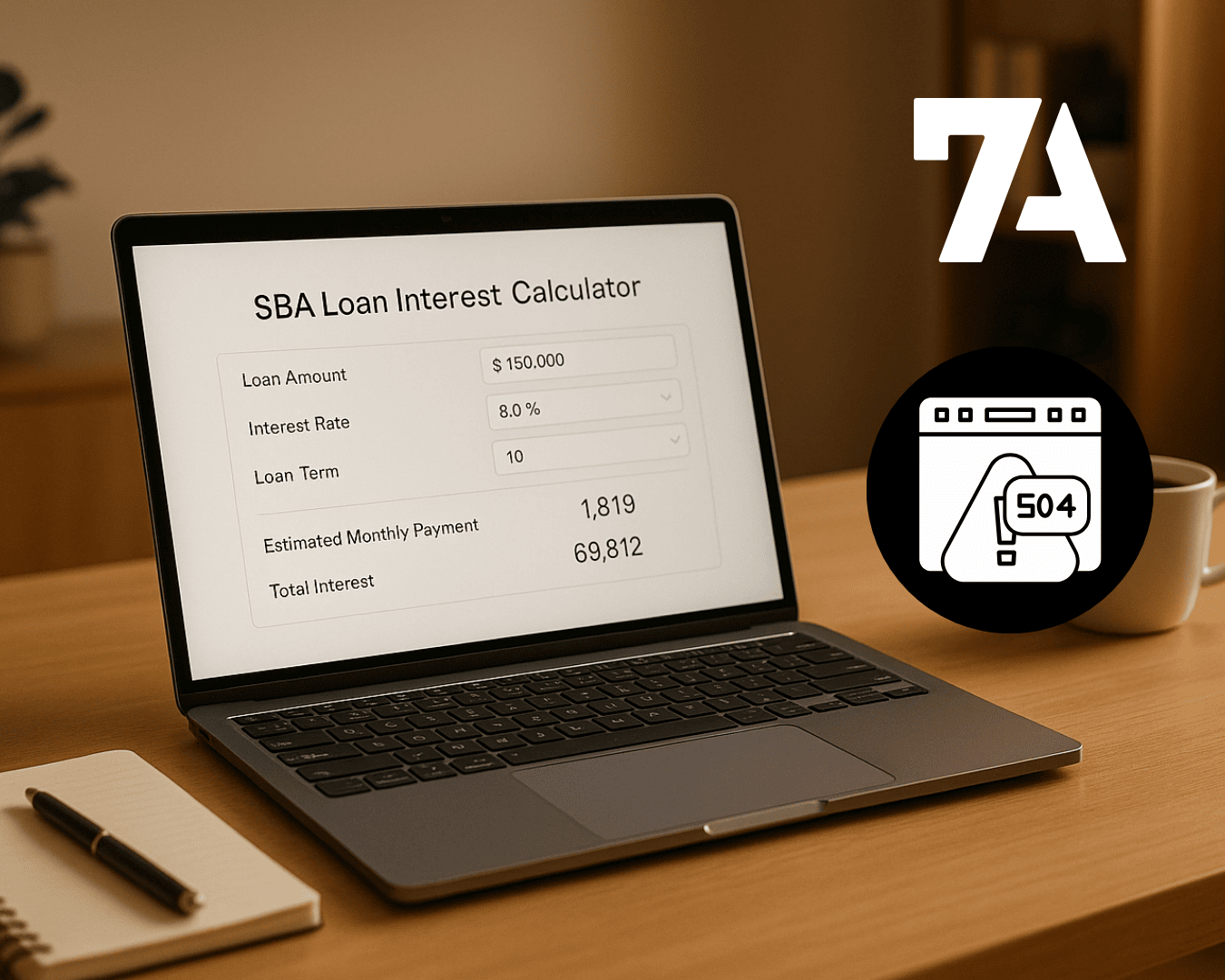








%20Loan%20Application%20Checklist.png)
